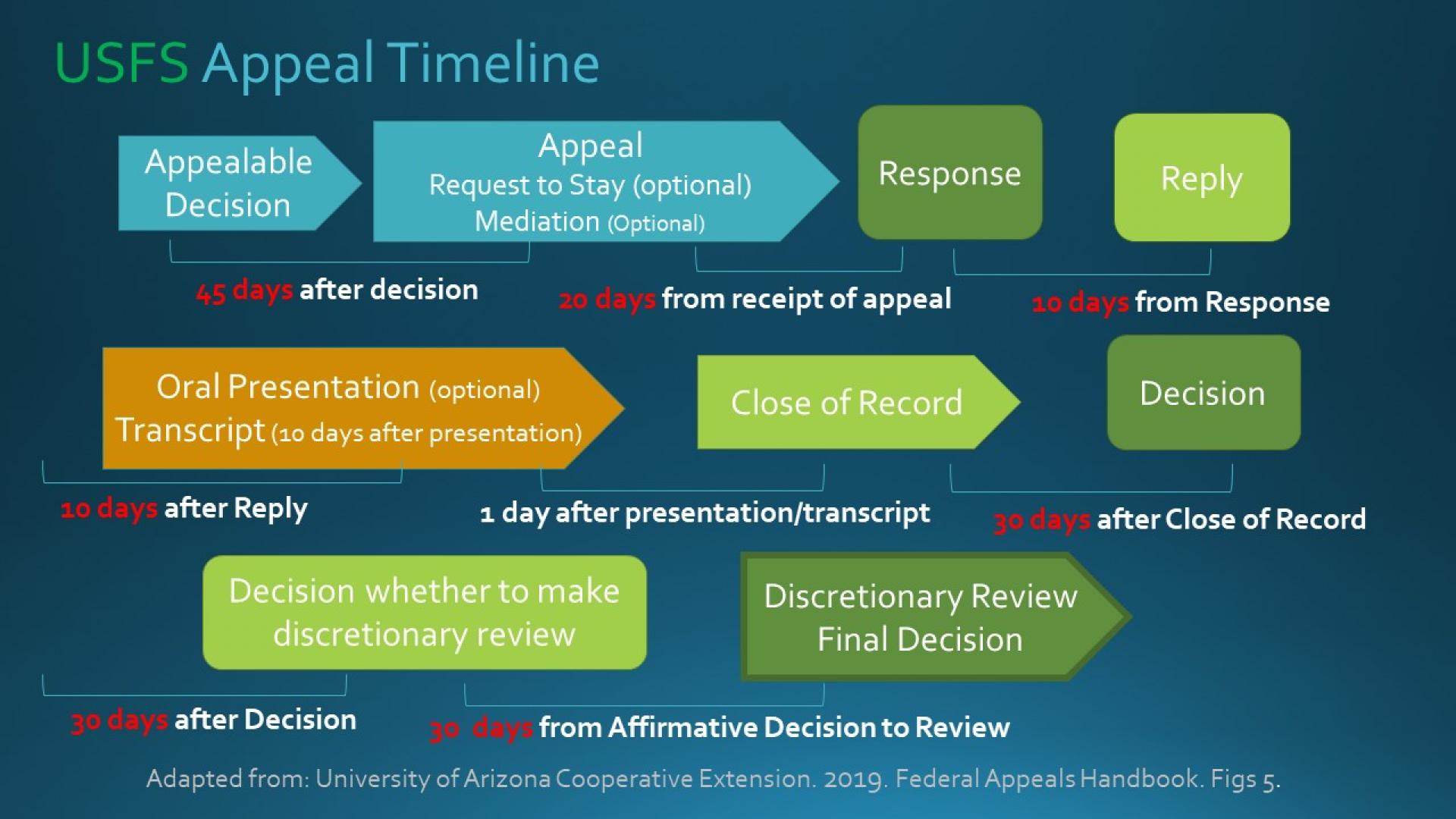
- Body
Regulations for managing public lands come from other laws, notably the Federal Land Management and Policy Act, the National Forest Management Act, the Public Rangelands Improvement Act, and the Multiple Use Sustained Yield Act. When agencies implement these laws, for example by writing an Allotment Management Plan and issuing a new term grazing permit, NEPA is triggered because the implementation is a federal action. The NEPA process is used to review the impacts of the Allotment Management Plan and issuance of the grazing permit.
The Endangered Species Act interacts with NEPA in a similar way. It is particularly important because the presence of a threatened or endangered species on a grazing allotment can cause the NEPA process to shift from the shorter EA process to the longer and more detailed EIS process. There is nothing ranchers can do to avoid this, but there are things you can do to participate in the process. The Ranchers Guide to NEPA provides detailed information about how to participate in the NEPA process when endangered species are involved.
Tools
- Decision Support for Crucial Habitat Across the West (WAFWACHAT)
Additional Links
- USFWS and USNMFS. 1998. Endangered Species Consultation Handbook.
Further Reading
- Macon, DK (2020). Paying for the presence of predators: An evolving approach to compensating ranchers. Rangelands. Society for Range Management. 42:2, 43-52. March 13.
- Ruple, John and Tanana, Michael and Williams, Merrill. 2019. Does NEPA Help or Harm ESA Critical Habitat Designations? An Assessment of Over 600 Critical Habitat Rule. 46:3 Ecology L. University of Utah College of Law Research Paper No. 324.